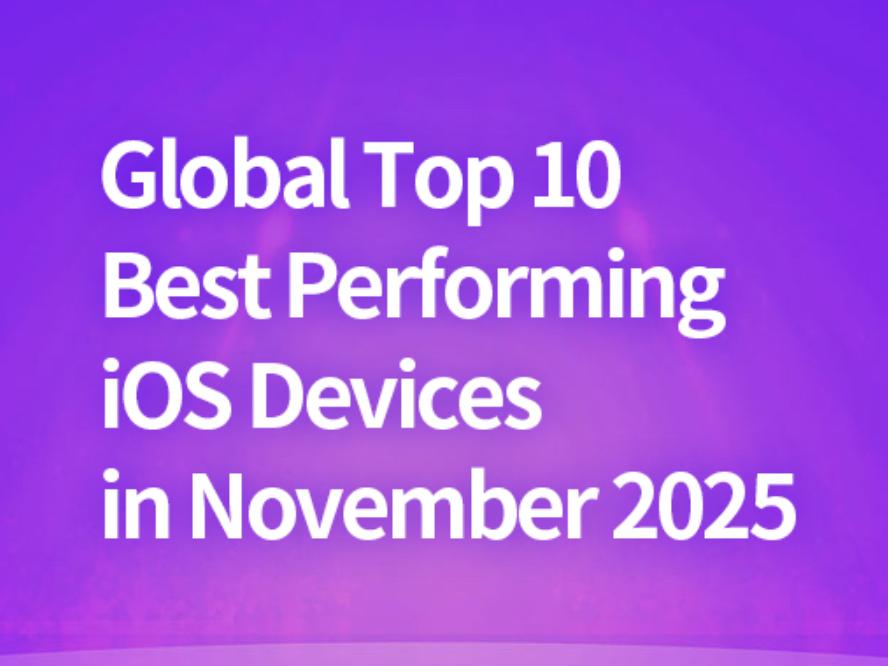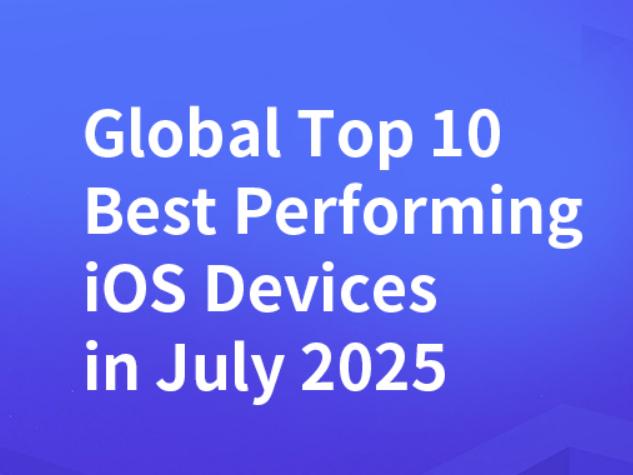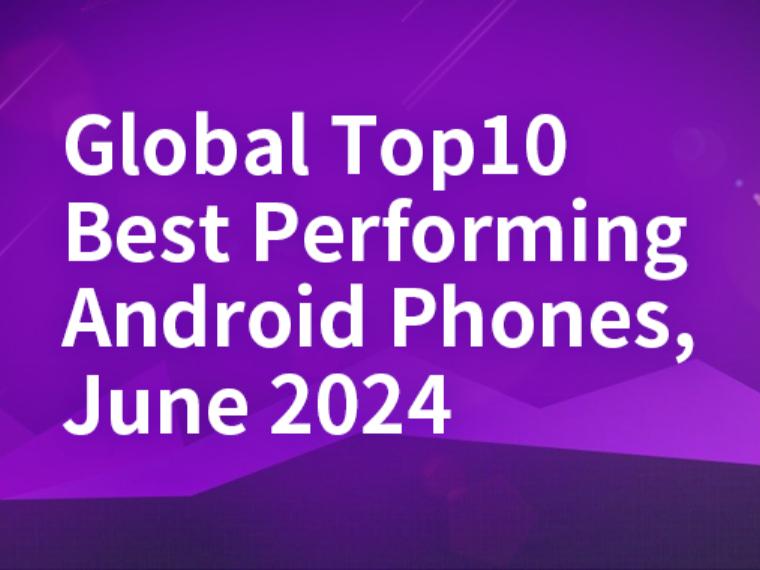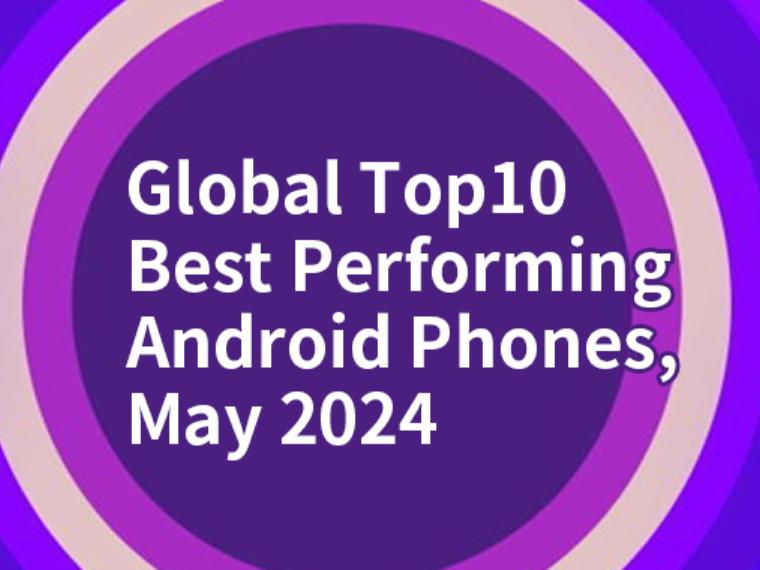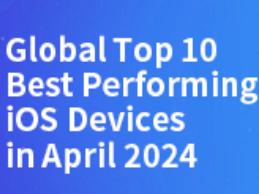LG G2 comes with Graphic RAM, but what is it?

LG has launched its new flag ship smartphone the G2. Along with its Qualcomm Snapdragon 800 processor, full HD 5.2-inch IPS LCD display and interestingly positioned volume buttons – the LG G2 also comes with something called Graphic RAM.
According to LG, Graphic RAM (GRAM) reduces the display’s energy use by up to 26 percent on a still frame and increases overall usage time on the device by approximately 10 percent. Sounds good, but what is it?
Graphic RAM is the name LG is using for a technology called Panel Self Refresh. It has been around for a couple of years but this is the first time it has been used in a mobile phone. When anything is displayed on a smartphone or tablet, even the page of an eBook with nothing moving, the GPU is sending the frame image to the display panel 60 times per second. The same image over and over again. When something changes the new screen is rendered by the GPU and the process starts again. Of course for games or videos the rate at which the GPU and display panel can show the frame is essential. But when reading an eBook or surfing the web there are large amounts of time (from the GPU’s perspective) when everything is static and nothing changes.
GRAM adds a memory cache to the display panel which is used to display the same frame over and over again without any communications with the GPU. When the CPU and GPU see that nothing is changing a command is sent to the display panel telling it to take a screen capture of the current frame and to keep displaying it until told otherwise. In the meantime large bits of the System-on-a-Chip (Soc) circuity including parts of the GPU can be shutdown and so saving valuable energy.
Of course this all happens in the blink of an eye (well less in fact) and the user doesn’t see any difference at all, but in the background different parts of the SoC are shutting down and firing up, much in the same way that idle cores on dual-core or quad-core CPUs are shutdown and started as needed.
LG reckons that this technology reduces the display’s energy consumption by 26%. That is significant and also gives us a glimpse into how much power is used by SoC when refreshing the display, even a static one. The display panel itself will still consume power as it is still refreshed 60 times per second but the data is now coming from within the display panel circuitry. Overall there is a 10% power saving which is also significant, but it also shows us how active the displays are on our Android devices!


